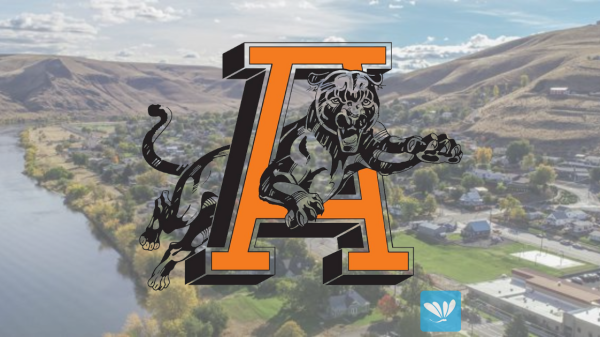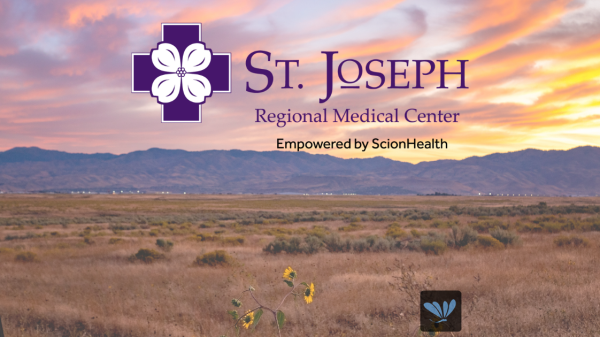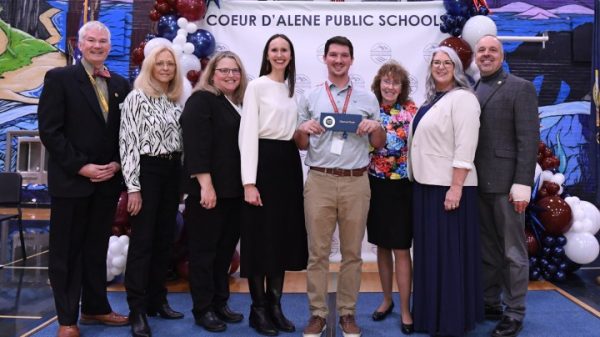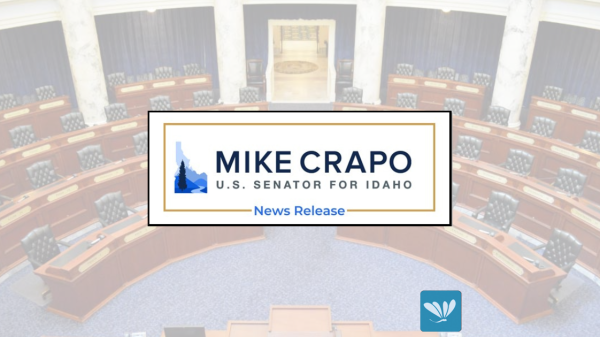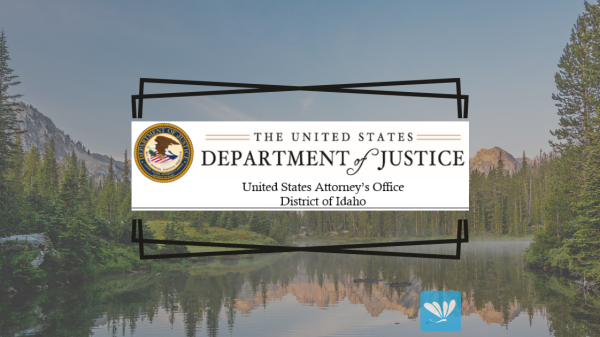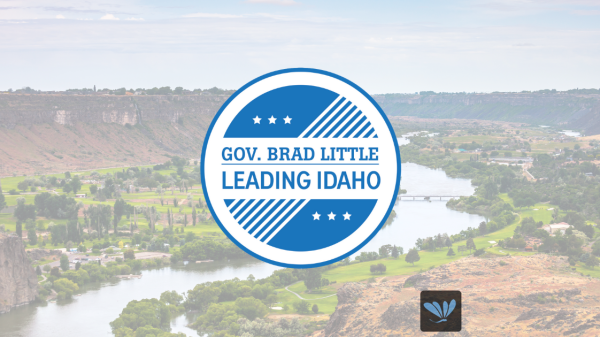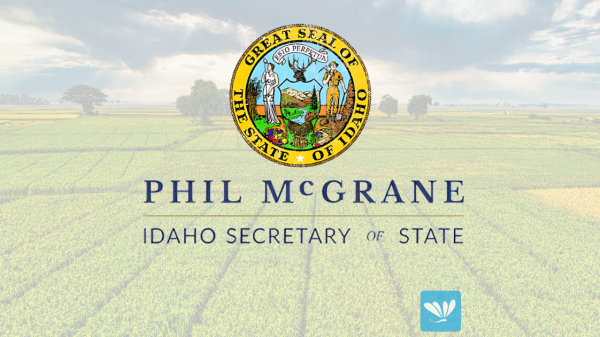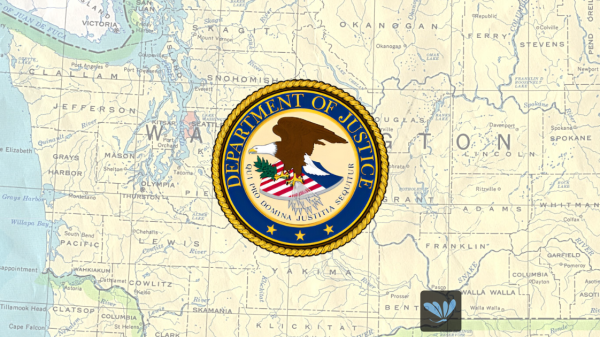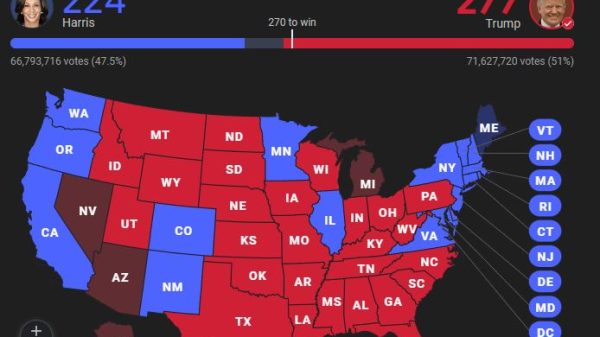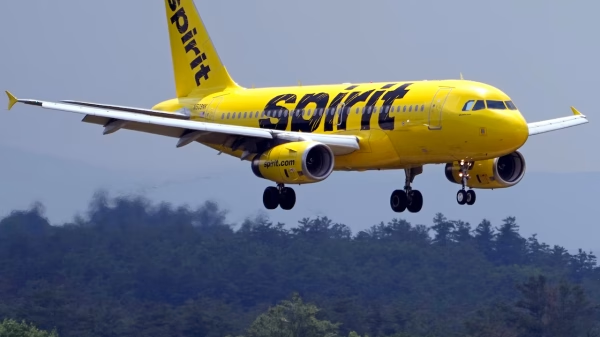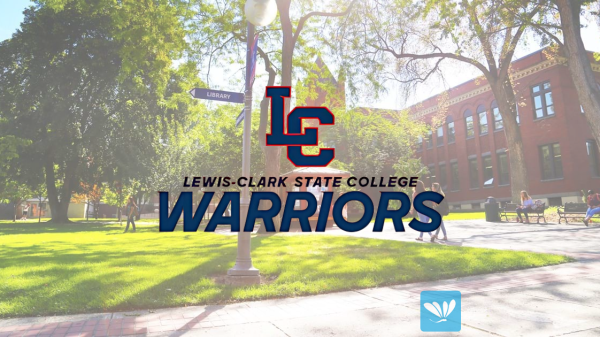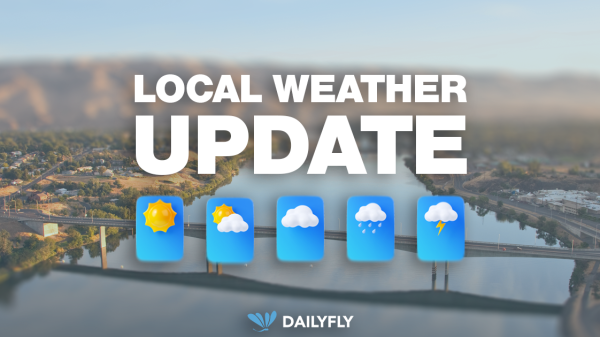Washington D.C. – U.S. Senators Mike Crapo and Jim Risch (both R-Idaho) joined Senators John Barrasso (R-Wyoming) and Senator Ben Ray Luján (D-New Mexico) in a letter to the Secretaries of the U.S. Departments of Interior, Agriculture and Commerce about the need to expand high-speed internet access in rural communities.
Internet providers are required to obtain permits from the federal government when installing telecommunications infrastructure on federal lands or for projects using federal funding. Currently, they face extensive delays in the permitting process. In their letter, the Senators encourage the Biden Administration to streamline the permitting process, close the digital divide and expand high-speed internet in rural areas across the country.
“According to the most recent Federal Communication Commission (FCC) Broadband Deployment report, approximately 14.5 million Americans in rural areas lack access to basic broadband service,” the Senators wrote. “Many of our communities rely on rights of way and service corridors through federal lands for transportation and essential utilities.”
“It is crucial we close the digital divide by expanding access to high-speed internet—a top priority for our rural areas—and we cannot accomplish that without improving the permitting process,” the Senators continued. “We urge you to build upon recent actions taken by Congress and various federal agencies to streamline permitting on federal land.”
Additional signatories of the letter include U.S. Senators Lisa Murkowski (R-Alaska), Michael Bennet (D-Colorado), Ron Wyden (D-Oregon), Cynthia Lummis (R-Wyoming), John Hickenlooper (D-Colorado), Mark Kelly (D-Arizona), Shelley Moore Capito (R-West Virginia), Patty Murray (D-Washington), Mike Braun (R-Indiana), Jacky Rosen (R-Nevada), Dan Sullivan (R-Alaska), Catherine Cortez-Masto (R-Nevada), Roger Wicker (R-Mississippi) and Amy Klobuchar (D-Minnesota).
The full text of the letter can be found below.
Dear Secretary Haaland, Secretary Vilsack, and Secretary Raimondo,
We write today concerning the extensive delays internet service providers are experiencing when obtaining permit approvals. As you know, these permits are required when installing telecommunications infrastructure on federal lands or for projects seeking federal funding through a multitude of programs dedicated to broadband deployment. It is crucial we close the digital divide by expanding access to high-speed internet—a top priority for our rural areas—and we cannot accomplish that without improving the permitting process.
According to the most recent Federal Communication Commission Broadband Deployment report, approximately 14.5 million Americans in rural areas lack access to basic broadband service. However, due to mapping issues, this number may be significantly higher. Additionally, as reported by the Congressional Research Service, the federal government owns 45.9% of the land across 11 western states, and about 28% nationwide. Many of our communities rely on rights of way and service corridors through federal lands for transportation and essential utilities. Furthermore, duplicative permitting processes delay permit approvals for broadband infrastructure, drastically slowing down efforts to close the digital divide, especially on federal lands.
Over the years, presidential administrations have identified opportunities to streamline this permitting process. Most recently, the National Telecommunications and Information Administration (NTIA)—the agency that is principally responsible for advising the President on telecommunications issues—required States and eligible entities to “expedit[e] permitting timelines and waiv[e] fees where applicable, where doing so does not undermine other critical policy goals.” Federal agencies should similarly expedite permitting timelines and waive fees in accordance with existing environmental protection and historic preservation laws.
The current process has a significant impact on our communities. For example, one Wyoming internet provider regularly waits between 12 and 36 months for a permit to be approved from the Bureau of Land Management (BLM), and in New Mexico, permitting for broadband projects on BLM or National Forest Service land can take anywhere between 16 and 48 months. In Utah, one provider waited almost three years for approval from the U.S. Forest Service to repair a fiber optic line on federal land. The Forest Service often tells a Colorado provider that they don’t have the resources to process an application and will instead look at it the following year. Prolonged delays jeopardize broadband projects by increasing costs and may even cause a provider to default on their buildout deadline that accompanies federal funding. This process should not take years.
Additionally, rural broadband providers have reported significant delays between the notice of an award and receipt of the funds necessary to deploy the proposed broadband networks. While the delays seemingly occur at many steps throughout the process, those posed by environmental and historical preservation reviews significantly contribute to the long wait times leading up to the disbursement of funds to an awardee. We urge you to expedite permitting timelines and waive fees in accordance with existing environmental protection and historic preservation laws.
The burden of these delays falls heavily on small businesses and unserved families in our most rural areas. Access to high-speed internet is crucial for economic development. The internet is also essential to educating our children as well as connecting Americans with their healthcare providers through telehealth services. In the Western United States, first responders are often called to areas on remote federal lands with little-to-no access to communications networks. A lack of strong communications capabilities for our first responders puts the public at risk, and these continued delays are worsening the problem.
We urge you to build upon recent actions taken by Congress and various federal agencies to streamline permitting on federal land. We are encouraged by the recent agreement to streamline permitting for high-speed internet projects on Tribal lands as well as the recent proposed rule announcement by BLM. To build on this progress, we request the following information regarding the permit approval process:
1. What are your plans for modernizing the environmental review and permitting process to expedite the approval of applications for broadband projects on federal land?
2. Do your respective agencies have sufficient staff and resources to meet current statutory and regulatory requirements to process permit applications and meet the expected increase in permit applications for broadband projects in a timely manner?
3. Do your respective agencies require additional appropriations or new statutory authority to expedite permitting approval?
4. What is the escalation process for resolving potential permitting bottlenecks and conflicts?
5. In May of 2022, the White House announced a Permitting Action Plan to accelerate Federal permitting and environmental reviews. The plan requires the Federal Permitting Improvement Steering Council to improve coordination among agencies to avoid potential bottlenecks, and identify and share best practices. How are you leveraging this existing program to address conflicts, improve communication, and accelerate information sharing amongst agencies?
6. What actions are the Council and the respective agencies taking to reduce permit approval times to close the digital divide as quickly as possible?
7. In August, NTIA and BIA announced an agreement to coordinate responsibilities in ensuring compliance with environmental, historic preservation, and cultural resources requirements related to the Tribal Broadband Connectivity Program. Is there a similar agreement between NTIA, FCC, and the federal land management agencies under USDA and DOI?
8. How many outstanding broadband infrastructure projects are awaiting permit approvals on federal lands?
9. What is the average time for agencies in your department to approve such permits?
10. What is the average interval between a USDA ReConnect award announcement and the final disbursement of funds to the applicant?
11. What is the average interval between a NTIA Tribal Broadband Connectivity Program award announcement and the final disbursement of funds to the applicant?
12. What amount of time do you expect between a NTIA Broadband Equity, Access, and Deployment award and final disbursement of funds to subgrantees?
Thank you for your consideration of this matter. We look forward to your response.








